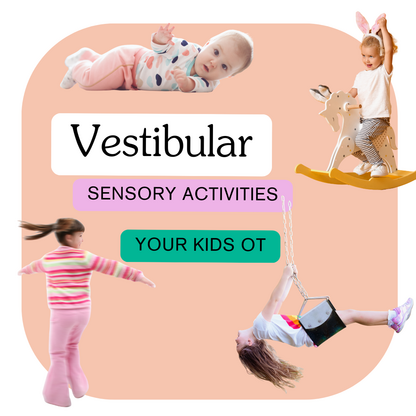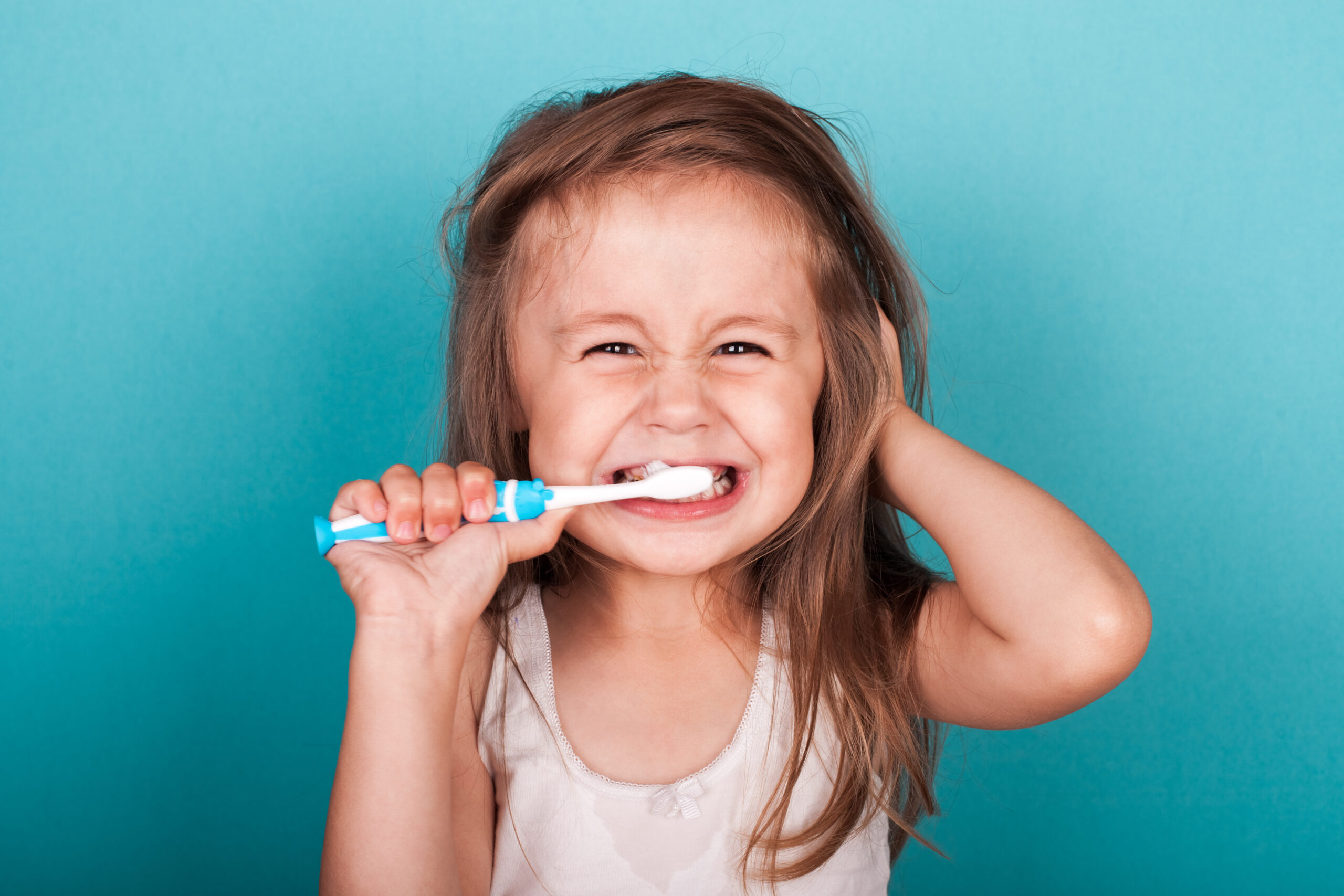A Stanford Medicine youth tobacco expert breaks down current nicotine trends, industry marketing tactics and what parents can do to keep their loved ones safe

Cookie Twist. Fruity Bears Freeze. Unicorn Vomit.
These aren’t items at a candy shop, or whimsical kid bubble bath scents. These are flavors of vape juices, for use in e-cigarettes.
Is it any wonder that e-cigarettes and their vaporizable liquid concoctions are by far the most popular tobacco product among kids and teens?
Those aren’t being marketed to “me as a middle-aged woman,” said Stanford Medicine’s Bonnie Halpern-Felsher, PhD, Adolescent Medicine developmental psychologist and the Marron and Mary Elizabeth Kendrick Professor in Pediatrics II, and director of the REACH Lab at Stanford. “Those are squarely for a teenager.”
Although tobacco use among youth has declined recently in the U.S., according to the National Youth Tobacco Survey conducted by the Centers for Disease Control and Prevention, 8% of middle and high school students report current use, and certain groups have much higher rates. Nearly three-quarters vape e-cigarettes, and nearly one-quarter use nicotine pouches. And of those who use pouches and vapes, the vast majority use flavored products, according to the CDC.
This is despite the fact that the minimum age to purchase any tobacco product in the U.S. was raised to 21 in 2019. And all those candy and fruit flavors? They are illegal to sell in the U.S. — the Food and Drug Administration has not authorized the sale of flavored vapes, a decision that was recently upheld by the Supreme Court. But they remain extremely easy to find online and in retail stores. California also has a legislative ban on flavored tobacco products, stemming from a hearing in which Halpern-Felsher testified before.
Youth nicotine use is a result of a confluence of factors, Halpern-Felsher said. Kids, teens and young adults are biologically more prone to addiction than adults are; tobacco companies know this and market to them accordingly; and there’s a widespread misconception that vaping and oral nicotine pouches like Zyn are safe although they pose real health risks.
The survey trends are encouraging, Halpern-Felsher said, but she’s worried they may not capture the complete picture. Anecdotally, when she tours the U.S., speaking at schools about tobacco-prevention and quitting resources she and her team have developed, part of the Tobacco Prevention Toolkit, she hears numbers higher than 8% from many teachers and administrators. And her own research has found much higher rates of e-cigarette use among teens and young adults than what is reported in national surveys.
“The national numbers suggest we’re going in the right direction,” she said. “But when you talk to teachers and administrators, they’re still very worried about teen nicotine use.”
Halpern-Felsher’s prevention programs have reached more than 3.5 million youth since their development. We asked her to shed light on youth nicotine use, the misconceptions and dangers that lurk behind those candy-flavored products, and what parents and teachers should know about helping kids quit tobacco — or preventing them from starting.
- Just because it’s not smoke doesn’t mean it’s safe.
When e-cigarettes were first introduced, companies marketed them as a safer alternative to traditional cigarettes and as a method to help people quit smoking. It’s true that e-cigarette vapor lacks some of the carcinogens of traditional cigarettes, but that doesn’t mean it is safe, Halpern-Felsher said. Vape liquid contains many other chemicals — and new research is showing that e-cigarettes do cause significant damage to lungs and heart as well as some evidence for cancer risks. We still don’t understand all the physical consequences of inhaling these substances as they are still relatively new.
Importantly, e-cigarettes, nicotine pouches and other “alternative” tobacco products contain high levels of nicotine, which can damage the developing brains of kids and teens, according to the CDC. Some vapes and pouches even contain double or triple the amount of nicotine present in a standard pack of cigarettes. Vape juice is formulated to be smooth and easy to inhale, and users can also absorb more nicotine from vaping than they do from smoking, Halpern-Felsher said.
Current trends among kids and teens suggest that most try e-cigarettes or pouches as their entry point into tobacco use, not to quit other forms of smoking.
“A lot of people say to me, ‘Isn’t it healthier?’” Halpern-Felsher said. “Well, we’re not talking about e-cigarettes versus cigarettes for teens, we’re talking about e-cigarettes versus nothing. Teens haven’t started with cigarettes for about two decades.”
- As e-cigarettes dominate the market, pouches are on the rise.
Like many trends, nicotine pouches seemed to come out of nowhere and were suddenly everywhere. While oral nicotine pouch use is still generally low among youth, one study found that rates doubled between 2023 and 2024. Zyn is the most popular brand of nicotine pouch among youth, Halpern-Felsher has found.
These small, white microfiber pouches are filled with a powder containing nicotine and flavoring. As the pouch is held between the lips and gums, the powder dissolves, allowing nicotine to be absorbed through the lining of the mouth. While this product may bypass the lungs, each pouch contains as much or more nicotine as a standard cigarette, so the pouches are highly addictive and affect the developing brain as much as smoking or vaping.
- Young brains are more susceptible to addiction — and tobacco companies know this.
Research has shown that nicotine affects young brains very differently from mature brains. Developing brains employ a “use it or lose it” strategy, in which neurons with nicotine receptors will be pruned away if those receptors aren’t reinforced with tobacco use. But using nicotine products before the brain is fully mature tells the body those neurons are needed and can even boost the activity of neurons that produce dopamine, the brain’s feel-good chemical.
The brains of adults who start using nicotine have already pruned away many of those neurons, so they’re less likely to become addicted. A young brain exposed to nicotine will experience negative effects that may not occur in adults — including memory and learning deficits.
Additionally, the brain’s prefrontal cortex, which controls executive function and the ability to make informed decisions, doesn’t finish maturing until the mid-20s. This means that kids and teens are more prone to risk-taking, peer pressure and marketing manipulation than adults.
Both of these factors mean young people are much more likely to become addicted to nicotine than older adults. Nearly nine out of 10 adult daily smokers started their habit before age 18, according to the CDC. Don’t think tobacco companies haven’t picked up on this information, Halpern-Felsher said.
“Nicotine literally changes the structure and chemistry of your brain. Adolescents are much more likely to become addicted, and the industry knows this,” she said. “That’s why they target young people because they know if they can get you addicted, they’ll have a customer for life.”
- Kids don’t want to be manipulated any more than adults do.
Part of Halpern-Felsher’s approach to tobacco prevention is to help kids see through the tobacco industry’s marketing blitzes and social media influencers (or Zynfluencers, as those who push the pouches are known).
A lesson in her team’s You and Me, Together Vape-Free curriculum called “Don’t Be Played” walks students through the industry’s long history of misleading and manipulative messages. Even though the industry has been in constant legal trouble over the years, she tells them, it continues to target young people with its marketing and products.
“We have to help young people fight back,” Halpern-Felsher said. “We ask them, ‘Are you going to let the industry do that to you?’”
- ‘Just Say Know’: Why talking to your kids has a better chance.
The “Just Say No” initiative coined by Nancy Reagan and pushed in schools by the D.A.R.E. education program in the 1980s and 1990s is long gone. Ultimately, that program proved ineffective at reducing drug use.
Instead, Halpern-Felsher likes to teach kids, parents and educators to “just say know.”
Kids want unbiased information, and educating is better than shaming or blaming, she said. She and her colleagues have also developed an interactive program for schools and students to use called Healthy Futures. The researchers hope the program can be used in place of suspension when kids are found using tobacco products at school, or for any student wishing help quitting. It teaches kids how their brains become addicted, nicotine’s effects on the body and what’s really in e-cigarette vapor.
Of course, parents aren’t exempt from education. They need to know what the products look like. And they need to listen to what their children are saying about nicotine rather than trot out a lecture on peer pressure. Many kids today use nicotine to self-medicate for stress, Halpern-Felsher said, and may need other, better ways to manage their mental health.
“The mental health crisis is real — even more reason why we shouldn’t just bust them if they tell us they’re using,” she said. “We have to be very responsive to what young people are telling us. We have to hear and see them, rather than shut them down.”










